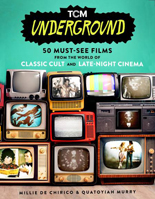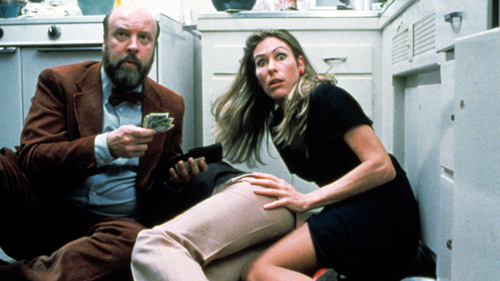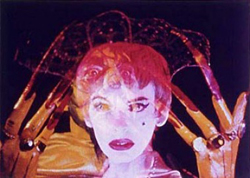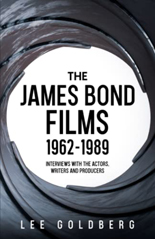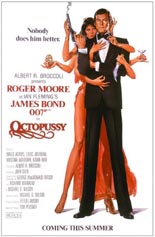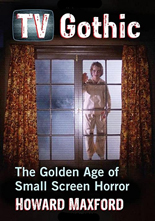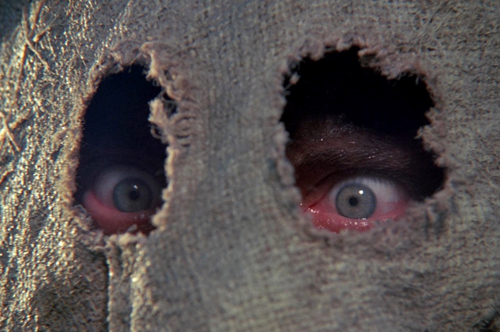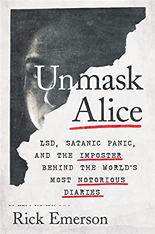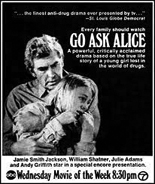
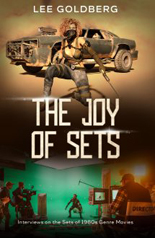 Aside from being a winking pun, The Joy of Sets hasn’t been named willy-nilly. Lee Goldberg’s collection of 11 preview articles, mostly for Starlog, indeed captures the feeling of reading about hotly anticipated movies in the blockbuster excess of the ’80s. One can sense the then-young film obsessive had to have felt with such access to the making of multimillion-dollar pictures. Some of his subjects exhibited joy, too.
Aside from being a winking pun, The Joy of Sets hasn’t been named willy-nilly. Lee Goldberg’s collection of 11 preview articles, mostly for Starlog, indeed captures the feeling of reading about hotly anticipated movies in the blockbuster excess of the ’80s. One can sense the then-young film obsessive had to have felt with such access to the making of multimillion-dollar pictures. Some of his subjects exhibited joy, too.
Take John Drimmer, first-time scripter of 1984’s Iceman, who can hardly believe his luck. Watching the daily rushes “drives me wild. It’s just wonderful,” he told Goldberg. “I mean, here I am, sitting there, drinking beers and watching them create this make-believe world of mine.”
While not all of these Interviews on the Sets of 1980s Genre Movies (as the subtitle has it) entail movies worth watching, Goldberg’s reports never fail to entertain. As with his recent James Bond Films volume, one reason is revisiting a once-dominant type of film journalism; the larger is the in-hindsight delight of checking how forecasts panned out.
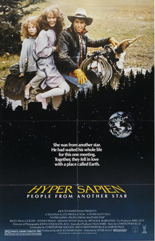 After all, you remember that beloved classic of 1986, Hyper Sapien: People from Another Star. No? Are you telling me producer Jack Schwartzman’s prediction regarding his E.T. rip-off didn’t come true? For the record, his quote to Goldberg: “If Keenan Wynn doesn’t wind up with the Academy Award nomination for Hyper Sapien, I’ll eat it.” (Nom-nom-nom, Jack.)
After all, you remember that beloved classic of 1986, Hyper Sapien: People from Another Star. No? Are you telling me producer Jack Schwartzman’s prediction regarding his E.T. rip-off didn’t come true? For the record, his quote to Goldberg: “If Keenan Wynn doesn’t wind up with the Academy Award nomination for Hyper Sapien, I’ll eat it.” (Nom-nom-nom, Jack.)
Horror icon Wes Craven fares far better, saying of A Nightmare on Elm Street, “I really feel this will be landmark film for me, my watershed film.” Dead on! More amazing is how forthcoming the Back to the Future crew is about scrubbing all the Eric Stoltz footage and starting anew. Would Robert Zemeckis do the same today? (No.)
For me, the most interesting account of the bunch belongs to Peter Hyams’ 2010: The Year We Make Contact. The admission of figuring out how to follow up Stanley Kubrick’s 2001: A Space Odyssey — while knowing they will not be able to match it — gives the sequel an underdog polish.
 Still, I can’t resist going back to the chapters in which the interviewees fall flat on their face. After bad-mouthing his own Blade Runner, producer Bud Yorkin shares why audiences will line up ’round the block for his arms-dealing Chevy Chase vehicle: “People will come to see Deal of the Century because it’s a subject that is on the tip of everyone’s tongue. … The chase between the drone and something we call an F-19 will be a French Connection ride in the sky.”
Still, I can’t resist going back to the chapters in which the interviewees fall flat on their face. After bad-mouthing his own Blade Runner, producer Bud Yorkin shares why audiences will line up ’round the block for his arms-dealing Chevy Chase vehicle: “People will come to see Deal of the Century because it’s a subject that is on the tip of everyone’s tongue. … The chase between the drone and something we call an F-19 will be a French Connection ride in the sky.”
Pretty embarrassing, huh? Wait, Deal supporting actor Vince Edwards has something to add: “I think this film is going to be a blockbuster. The best damn picture since Dr. Strangelove. No, it’s going to be better.”
Thank you, Mr. Goldberg, for documenting the joy of hype and bullshit. —Rod Lott

